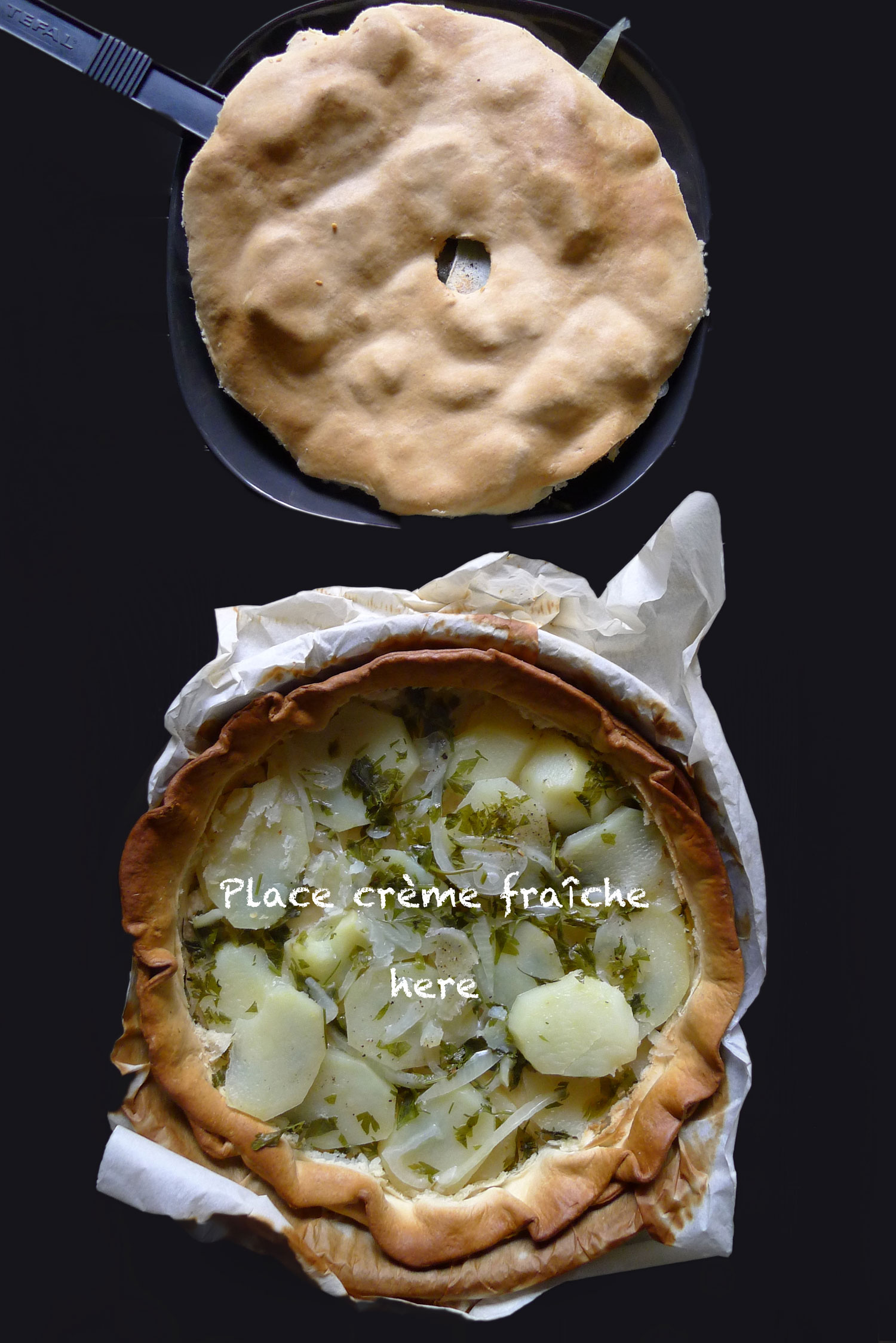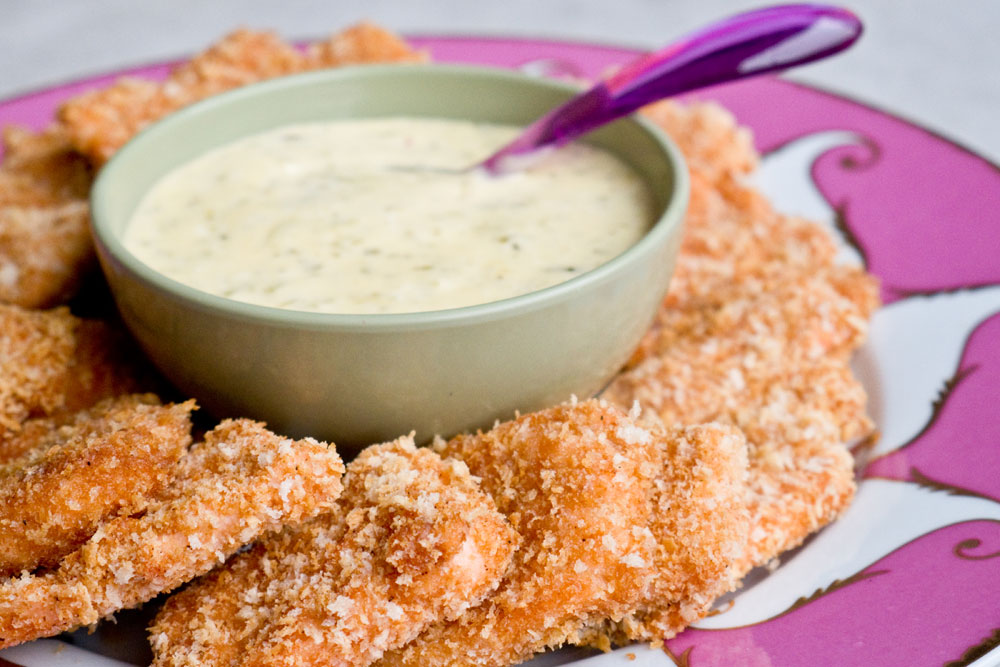February 2 marks the halfway point between the winter solstice and the spring equinox making it a cross quarter day and known as La Chandeleur in France. Basically, it's crêpe day in France based on traditions and superstitions. Stemming from both pagan and religious origins, the color and shape of the crêpe symbolizes the sun as days become longer and warmer; while winter wheat is being sowed, leftover flour from the previous harvest is used to make these crêpes in hopes of prosperity for the following harvest. The Christian orgins involve Jesus so I won't get into further detail, just that He is the "light of the world", hence Festival of the Lights (La Chandeleur).
I think every French person has earned their rite of passage in crêpe making and they'll be more than happy to tell you what's wrong with yours. You can never pin them down to exact measurements. They just know. I usually have to show my batter to a French friend to make sure I've got the consistency down pat. That's just one hurdle because forming those perfectly round crêpes is another. Then there is the decision making for the filling and the fine art of folding.
Finally with a stack of crêpes in front of us and a choice of fillings: jams, fresh sliced fruit, whipped cream, chocolate sauce, salted caramel sauce, lemon halves, granulated sugar, and a bit of Grand Marnier (my husband's preference). My daughter and son, who have eight and six years on me in crêpe tasting, give me articulated critiques after each crêpe we have personally created and devoured together.
Basic Handmade Crêpe
INGREDIENTS//yields 15
• 300 grams all-purpose flour
• Pinch of salt
• 4 eggs
• 600 ml milk
• 1 1/2 tablespoons sunflower, vegetable, or olive oil or (30 grams unsalted butter)
INSTRUCTIONS
In a large mixing bowl make a well in the center of the flour. Add a pinch of salt.
Add one egg at a time into the well of flour. Whisking each egg in with some flour each time as to avoid clumps.
Gradually add in the milk, stirring to combine.
Add the oil and continue to stir until it's well integrated. The texture of your batter should be smooth and the consistency should be thin but not too thin (think Half and Half).
Let your batter rest for 30 minutes or longer.
Lightly coat your crêpe pan or a non-stick pan (I used a 9 1/2 inch or 25 cm pan) with some oil.
Holding the pan with one hand and using a ladle with the other, spoon out some batter and pour the batter into the pan while swirling your wrist so that the batter spreads and covers the surface of the whole pan. Slighty brown both sides by flipping the crêpe ounce it turns a soft yellow color with golden speckles or simply use a spatula to turn it over.
NOTE
Depending how large your ladle is you will have to figure out the right amount of batter just enough to thinly spread and cover the surface of your pan. I filled half my ladle for the size of my pan.























